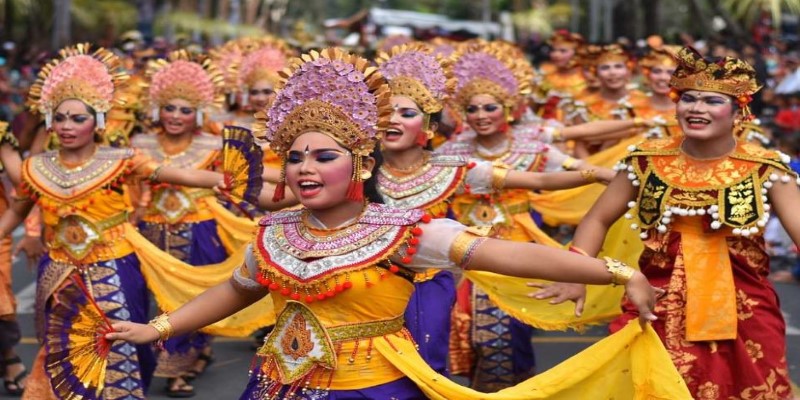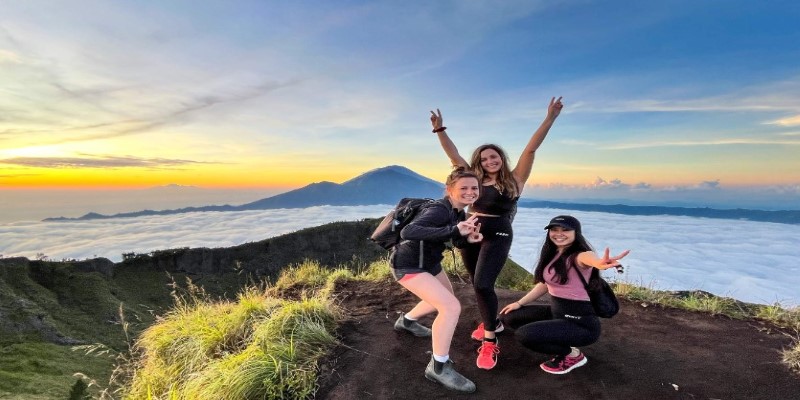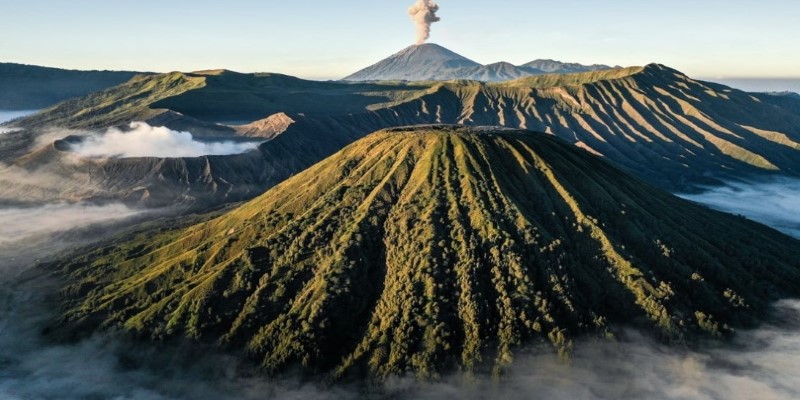Bali, the Island of the Gods, is a dream destination for travelers seeking stunning landscapes, rich culture, and vibrant nightlife. But when is the best time to visit Bali, Indonesia? Timing your trip can greatly enhance your experience, allowing you to enjoy everything from sun-soaked beaches to lush rice terraces.
In this guide, well explore the various seasons, weather patterns, and cultural events that make Bali a year-round destination, helping you find the perfect time to immerse yourself in its beauty.
Understanding Balis Climate
Bali enjoys a tropical climate characterized by two primary seasons: the dry season and the wet season. The dry season typically runs from April to September, while the wet season spans from October to March. Each season has its own unique charm and benefits, making it essential to choose the right time based on your travel preferences.
The Dry Season: April to September
The dry season is often regarded as the best time to visit Bali. With less humidity and minimal rainfall, its perfect for outdoor activities. During this period, temperatures hover between 26C to 30C (79F to 86F), making it comfortable for sunbathing, surfing, and exploring the island.
Peak Tourist Season: July and August see an influx of tourists, particularly from Australia and Europe, which can lead to crowded attractions and higher prices. If you prefer a quieter experience, consider visiting in April, May, or September. These months provide favorable weather conditions without the large crowds, allowing you to enjoy the island's natural beauty and cultural sites more intimately.
Events and Festivals: The dry season also coincides with several cultural events in Bali, adding an exciting layer to your visit. One of the most notable is the Bali Arts Festival, which takes place in June and showcases traditional Balinese music, dance, and crafts. Participating in such events allows you to connect with the local culture and witness the islands vibrant traditions firsthand.

The Wet Season: October to March
While the wet season is marked by increased rainfall and humidity, it still offers unique advantages for travelers. Expect temperatures to be similar to the dry season, but with higher humidity levels, often reaching around 80%. Rain showers typically occur in short bursts, allowing for sunny periods in between.
Fewer Crowds: Traveling during the wet season can lead to fewer tourists, meaning youll have more opportunities to explore popular attractions without the hassle of large crowds. This is particularly beneficial for those who enjoy a more laid-back vacation experience.
Lush Landscapes: The rain brings life to Bali's landscapes, making it ideal for nature lovers and photographers. The rice paddies are vibrant green, and waterfalls are at their most spectacular. It's a perfect time for trekking and enjoying the island's natural beauty.
Cultural Insights: The wet season also offers a chance to participate in local ceremonies and festivals, such as the Galungan celebration. This celebration honors ancestors and is filled with traditional rituals and decorations. It provides a rich cultural experience that allows you to delve deeper into Balinese traditions.
Activities by Season
When deciding the best time to visit Bali, consider the activities you want to enjoy. Different seasons cater to different interests, from beach lounging to cultural explorations.
Beach Activities
If lounging on the beach and swimming in the ocean are at the top of your list, the dry season is ideal. The calm waters and sunny skies make for perfect beach days, whether youre relaxing at Kuta Beach or surfing at Uluwatu. In contrast, while beach activities are still possible during the wet season, you may encounter choppy waters and occasional rain, particularly in December and January.
Outdoor Adventures

Both seasons have something to offer trekking enthusiasts and those who want to explore Bali's lush interiors. The dry season is excellent for hiking Mount Batur to catch the sunrise, while the wet season enhances the beauty of jungle trails and waterfalls. Just remember to wear appropriate footwear and prepare for slippery paths during the wet months.
Cultural Experiences
Culture lovers will find that Balis vibrant festivals can happen at any time of year, but the wet season is often packed with unique ceremonies. If you want to experience traditional Balinese culture, plan your visit around events like Nyepi (the Day of Silence) in March, where the island comes to a standstill for a day of reflection.
Practical Tips for Your Bali Trip
Regardless of when you choose to visit Bali, some practical tips can help make your trip smooth and enjoyable.
Stay Hydrated: The tropical climates by carrying a water bottle and drinking plenty of fluids. It's crucial, especially during outdoor activities, to prevent dehydration and maintain energy levels.
Pack Accordingly: If youre visiting during the wet season, dont forget your raincoat or umbrella. For the dry season, light clothing, sunscreen, and a hat will be your best friends.
Respect Local Customs: Balinese culture is deeply rooted in spirituality and tradition. Dress modestly when visiting temples, and always ask for permission before taking photos of locals or cultural events.
Plan for Accommodation: Booking your accommodation in advance is especially important during the peak tourist season. Look for hotels that offer flexible cancellation policies, allowing you to adjust your plans if needed.
Conclusion
Ultimately, the best time to visit Bali, Indonesia, depends on what you hope to experience. Whether youre drawn to the bustling beaches and festivals of the dry season or the lush landscapes and quieter ambiance of the wet season, Bali has something to offer year-round.
By understanding the islands climate, activities, and cultural events, you can plan a trip that perfectly aligns with your interests. Enfold the magic of Bali, and prepare for an unforgettable adventure in this tropical paradise!





